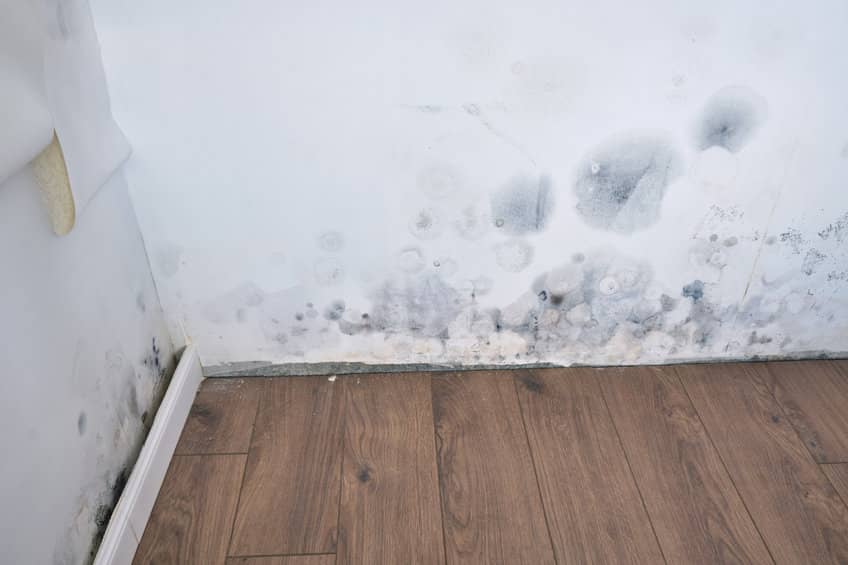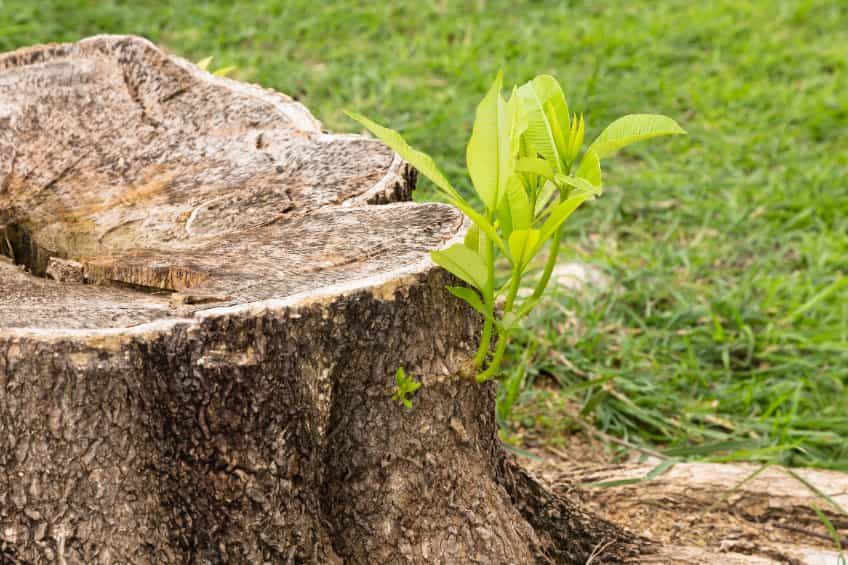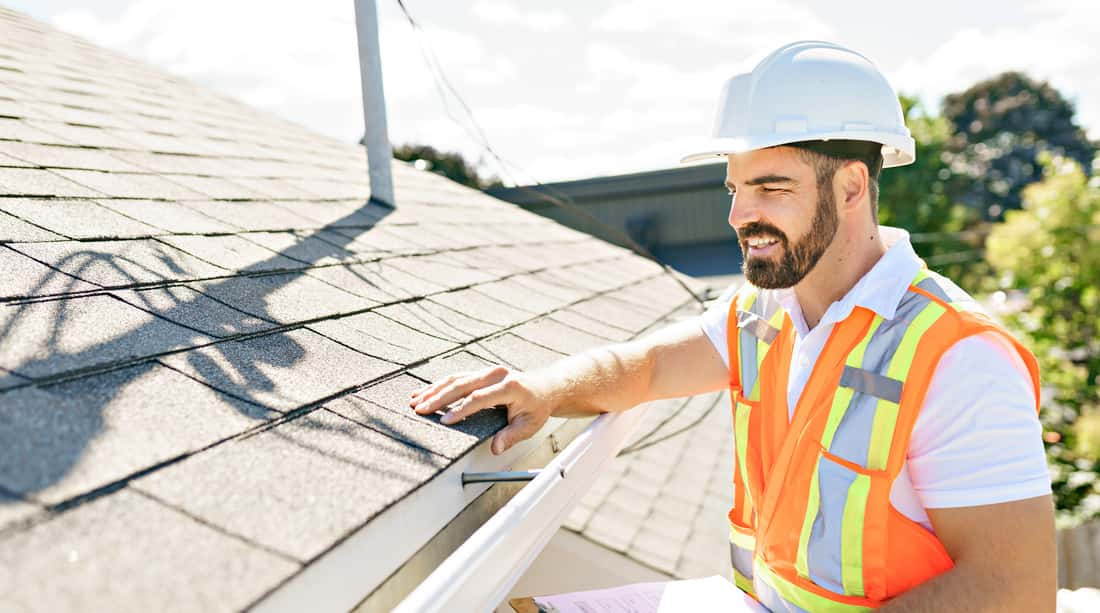The space between your home’s floor and the ground is termed the floor space. It is an area that is often left out of consideration after it has been factored in the building plan. This fact accounts for why moisture often finds its way into your crawl space without your prior knowledge and causes severe and slow-acting structural damage.
The presence of vapor within the crawl space tends to destroy your home’s wooden frames and flooring. The easy solution to this fast-growing problem is encapsulating the crawl space, which helps prevent moisture from entering the floor while also keeping dangerous pests out.
This article aims to inform homeowners on the signs to determine if they need crawl space encapsulation, what it entails and the process it involves, and the best repair company for the job. Click here for more information.
What is Crawl Space Encapsulation?
Crawl space encapsulation is the process of preventing moisture from entering the floor space by introducing moisture prevention barriers to the crawl space floor. It also involves sealing foundation vents, insulating walls, and using a crawl space humidifier. The dehumidifier is often used after the crawl space encapsulation process has been completed, and its role is to help regulate the moisture levels in the encapsulated crawl floor space.
Over time, the crawl space encapsulation process has become increasingly popular, providing a huge market. The overall worth and value the process tends to bring far exceed the costs incurred. By protecting your crawl space from damage, you, in turn, prevent likely health hazards often encountered and make the crawl space useful for the household.
Signs You Need an Encapsulated Crawl Space
Here are some of the signs to look out for to help in your decision for the use of crawl space encapsulation:
- Sweaty Windows: Too much moisture often causes a sweaty mess like the look on windows. This is not a singular fact, as it often means moisture too has formed on the walls of your home, and this means there is excess moisture in your home.
- Musty smells from the basement: This grimly unpleasant smell is the major cause of harmful toxins forming in your home. The polluted air often emanating from the crawl space often finds its way to the top, making living unbearable for household owners.
- Mold: Mold usually forms due to relatively high humidity, condensed moisture, and water leaks present in your home. With the unique nature of the crawl space is designed, more often than not, it usually acts as a breeding ground for these molds.
- Insect Infestation: Insects often feel at home in places where they can get regular access to moisture, and your crawl space is no exception. When you notice insects swarming around your floor space, it’s a sign you need floor space encapsulation.
Processes Involved in Crawl Space Encapsulation
The following steps are necessary during the process of crawl space encapsulation. The steps are divided into 4 stages, and these stages are:
- Step 1; Preparation Stage: The first step and the most important. This stage involves all the processes involved in preparing the floor space for encapsulation. All sharp objects or debris that may puncture the insulating plastic must be removed to ensure ease when grading the floor.
- Step 2; Sealing Stage: All external openings and cracks must be tightly sealed. This helps block airflow and ensures no path for water to contact the floor space. The common materials used are plastic and foam.
- Step 3; Insulation Stage: This stage involves adding an insulating layer of plastic to the walls and floor to endure disturbances from insects. The plastic should be at least six millimeters in thickness for durability.
- Step 4; Conditioning Stage: This stage involves the moisture existing in the crawl space after sealing off. This is often done by the installation of a dehumidifier unit. This stage is the most important and is often left out to reduce cost.
Benefits of Crawl Space Encapsulation
The major benefits homeowners tend to gain from the use of crawl space encapsulation are highlighted below:
- It helps save on utility bills.
- It reduces the possible appearance of molds.
- It acts as a shield against possible insect infestation.
- It increases the value of your home.
- It preserves indoor air quality.
- It improves the general comfort of the home.
- It increases the lifespan of the floor space.
- It provides an extra layer of insulation.
How Much Does Crawl Space Encapsulation Cost?
According to BayScrawlSpace, the average cost for a crawl space encapsulation is about $7,500. The cost can be as low as $5,000 and can rise to $30,000. The variation in cost depends on a variety of factors such as:
- Size of your crawl space
- The condition of your crawl space
- Type of materials used
Best Ways to Reduce Crawl Space Repair Costs
Although it is often advised that homeowners save money on repairing and encapsulating their floor space by doing the work themselves. This rule is half true and will only hold for minor repairs and early detection. It is always advisable you seek a second opinion from a professional such as a local foundation repairs company.
Often, problems such as mold, drainage, and pest problems are beyond the prospect of the do-it-yourself and need to be properly addressed by professionals. It is advised that homeowners should, before hiring local foundation repair companies, get at least 2-4 estimates from other local foundation repair companies and compare the price to ensure they are not exploited.
Find a Crawl Space Encapsulation Professional Near You
The best way to fix crawl space fault is by seeking professionals before carrying out your crawl space encapsulation. Although the cost for this procedure is not at all cheap, in the long run, it tends to offer a very good bargain as it pays a long time dividend to the house owners and it helps save money on energy bills, decrease pest infestation, the appearance of mold, and protect the foundation.
















